Online trolling occupies not only the darkest corners of the Internet, but occurs daily on both the public and private spaces of social media.
It is so widespread that last year in the UK alone, 694 individuals – the equivalent of two a day – were found guilty of offences under the Malicious Communications Act, which states that it is an offence to send a threatening, offensive or indecent electronic communication with the intent to cause distress or anxiety.
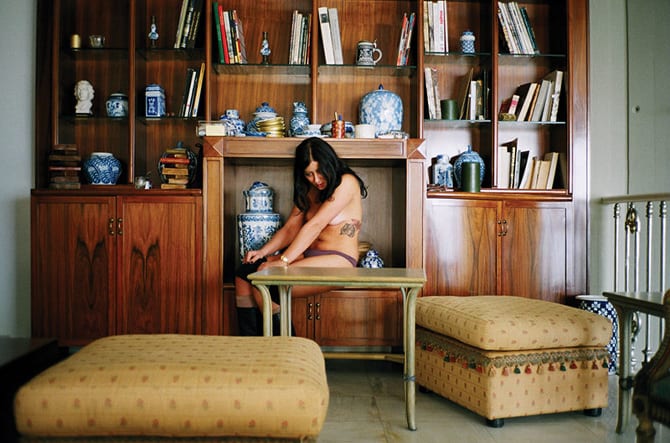
On finding herself target of such trolls, Kahil’s own personal experience naturally became an invigorating stimulus to generate new work, building on previous themes of intimacy, the body and what it is to be a woman she explores through her photography.
“Anatomy of a Scandal actually started with the series that I exhibited quite a few years ago, In Your Home,” explains Kahil. Generated over three years, the 2011 series encompassed spontaneously composed semi-nude self-portraits in acquaintances and friend’s homes across the world, without their knowledge.
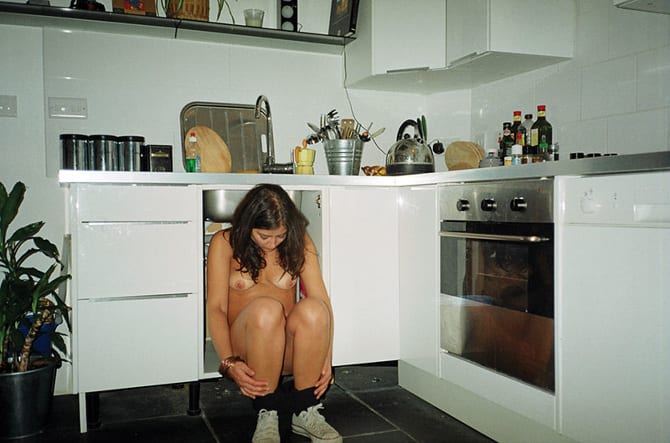
In Your Home was subsequently shown in Kahil’s hometown of Beirut. Prepared for a backlash that never initially happened, her work instead was wholly well received, both in Lebanon and internationally.
“Then two years later, out of the blue, a reporter did a news segment on Al Jadeed, a Middle Eastern news station, going, ‘Lebanese girl takes naked pictures of herself online, what do you think, is it art or is it a scandal?’ and it obviously just blew up” she recalls. “I suddenly got 50 Facebook requests on my phone and I thought what the hell is going on, that’s how I found out that it became this big thing online.”
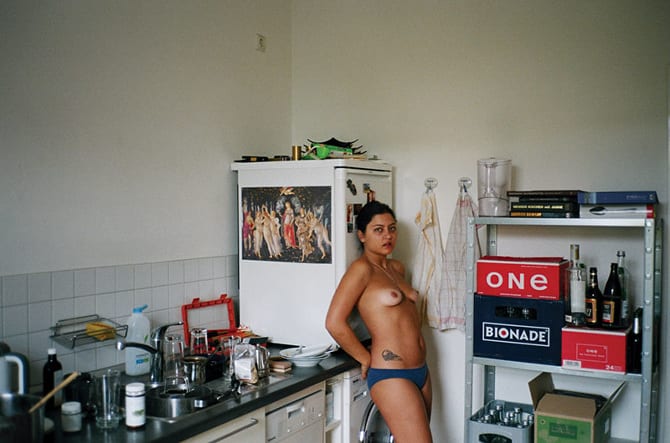
What followed saw Kahil thrown into the center of a viciously viral media storm. Her photographs were censored across multiple platforms, and comments made via Al Jadeed’s Facebook page saw Kahil’s work dissected not only for it’s artistic value, but also more worryingly, attacked on the basis of her unashamedly female body.
Talking to Kahil, it is surprisingly refreshing to hear her lack of self-consciousness when describing in detail some of the positive and luridly negative comments she received, unfazed by an experience that would make most crumble at such unfounded, personal interrogation.
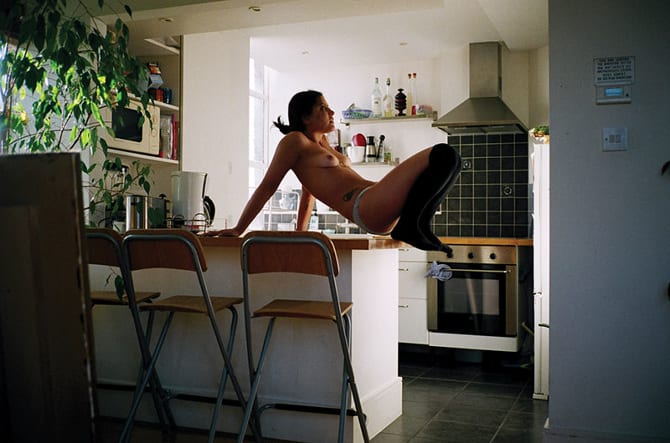
“Instinctively I saw all these comments on Facebook that people have not necessarily addressed to me, and I realised if I narrate them myself, then I can re-appropriate these comments.”
“I’m very much a collector, I hoard information, and so I did that automatically when the scandal happened, saving these comments and pictures as my way of defending myself. In these situations people get in a frenzy, they don’t think and just let things out. I decided to give myself time to process everything, to allow myself to view this ‘storm’ on an objective level with a less emotional response, to analyse how society can resort to this ‘frenzy’.”
The result, Anatomy of a Scandal, is an intense and immersive multi-media installation that reflects and interprets the deluge of ‘opinion’ diffused publicly online.
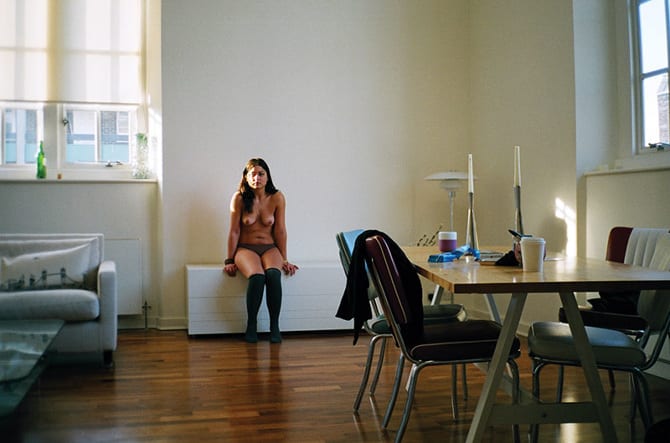
Alongside original prints from In Your Home, upon which Kahil has layered recreations of the types of censorship the images were subject to – a poignant part of the exhibition is a video installation, in which Kahil takes on the role of empowered narrator.
As Facebook profile pictures of the ‘trolls’ flash across the screen, she deadpans comments they have posted – from “go girl” and “WTF”, to the slightly more absurd, “not so bad images for a young woman. If I had her body, I would show it too. As for an artwork, she needs to clean up her kitchen before taking a photo. Believe me this woman will never be a housewife.”
These comments swing from the explicit – vilifying Kahil as a woman, as an Arab, as an artist –to admirable defense of Kahil herself, condemning instead the media for creating such a sensationalist news story. “I was branded a ‘slut’ an ‘attention-seeker’ and a ‘Middle-Eastern hero’” she says.
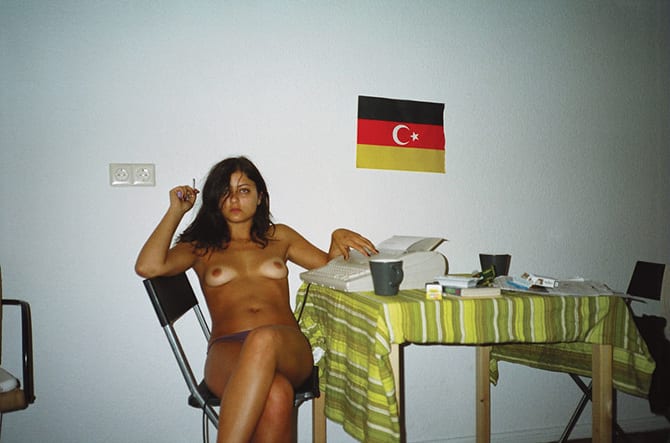
“It was a bit frightening in the beginning, because suddenly you have all this scrutiny on you, but at the same time it was slightly amusing. As I got really into the mindset of these people and recreated their tones, it became a really fun thing to do.”
Kahil’s work defies the powerlessness artist’s face as they relinquish their work into the world. There is no refutation of, or confrontation with, her newfound supporters or detractors – letters of support are given the same weight and exposure as threats of violence and incomprehensible ramblings.
“It almost becomes a pure reflection of how female bodies are very much commodified and objectified and seen as something separate to a soul,” says Kahil. “There’s a complete disconnect, the body is there, but its fascinating to see how easily the female body is seen as a public possession and is judged so easily, both by men and women, from the Middle East and Europe. And that’s the point I wanted to show, that this can happen to anyone at any point, and it happens on a daily basis across the world.”
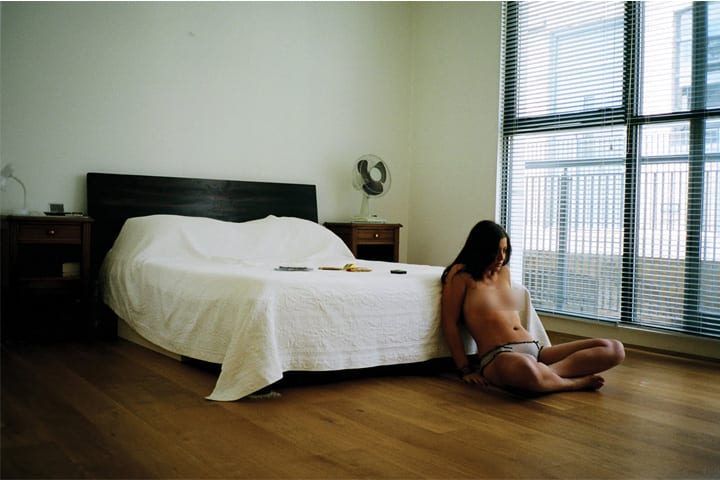
By treating these public responses as artistic material, Kahil achieves a profound shift in the focal point of the material itself–what emerges is a portrait of both deeply ancient aspects of human nature and very modern forms of neurotic or egotistical response.
Kahil has reclaimed control through poised and potent methodological address of her virtual assault, creating a perfectly executed rendering of Internet culture in the modern age.
“They are not weapons anymore” asserts Kahil, “they are just words.”
‘Anatomy of a Scandal’ will run at Art First Projects, 19 May – 11 June 2016. Select works from In Your Home will also be shown at the TJ Boulting Gallery as part of the ‘Now You See Me’ exhibition, 18 May – 2 June 2016. For more information on Rasha’s work, go here.

